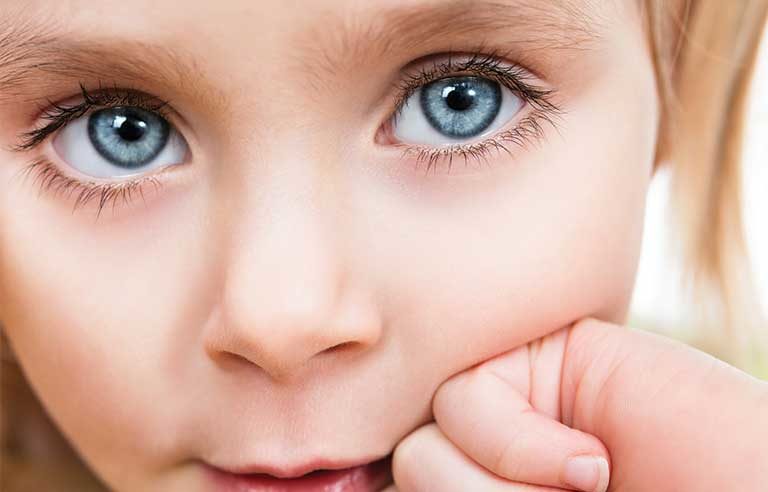Poison control average more than 7,000 eye exposure calls a month: study

Columbus, OH — Poison control centers in the United States receive more than 7,000 calls a month – 10 an hour – for eye exposures associated with pharmaceutical and non-pharmaceutical substances, according to researchers from the Center for Injury Research and Policy and the Central Ohio Poison Center at Nationwide Children’s Hospital.
Analyzing 2000 to 2016 data from the National Poison Data System, the researchers identified more than 1.4 million reports of ocular exposure. They found that most exposures – 84 percent – were associated with non-pharmaceutical substances such as cleaning products and personal care items, and took place at a residence (85 percent). Adults at least 20 years old accounted for half of all exposures, followed by children 5 and younger (30 percent), children 6 to 12 (11 percent), and teens (8 percent).
Children younger than 6 were the most vulnerable. Specifically, 2-year-olds had the highest rate of eye exposures at 20.5 per 10,000, which was nearly double the rate for all children younger than 6 (10.7 per 10,000).
“Young children are always exploring their environment,” researcher Henry Spiller, director of the Central Ohio Poison Center, said in a Feb. 11 press release. “Kids aren’t able to recognize danger, which is why it’s so important that parents put cleaning products, like bleach and spray bottles, and personal care products, like sunscreen, insect repellent, makeup and perfume, up, away, and out of sight and reach of curious kids.”
Other tips:
- Use child-resistance containers and keep all chemical products in their original containers. Turn nozzles to the locked position when not in use, and make sure containers are properly closed before storing.
- Keep hazardous products locked in cabinets.
- Apply sunscreen and insect repellent on children’s faces with care so that chemicals do not get into their eyes.
If a child gets a chemical in his or her eyes, or you are concerned about a possible exposure, call the Poison Help Line at (800) 222-1222. Keep this number posted near your phone at home and save it in your cellphone contacts.
The study was published online Sept. 21 in the journal Ophthalmic Epidemiology.
Post a comment to this article
Safety+Health welcomes comments that promote respectful dialogue. Please stay on topic. Comments that contain personal attacks, profanity or abusive language – or those aggressively promoting products or services – will be removed. We reserve the right to determine which comments violate our comment policy. (Anonymous comments are welcome; merely skip the “name” field in the comment box. An email address is required but will not be included with your comment.)
